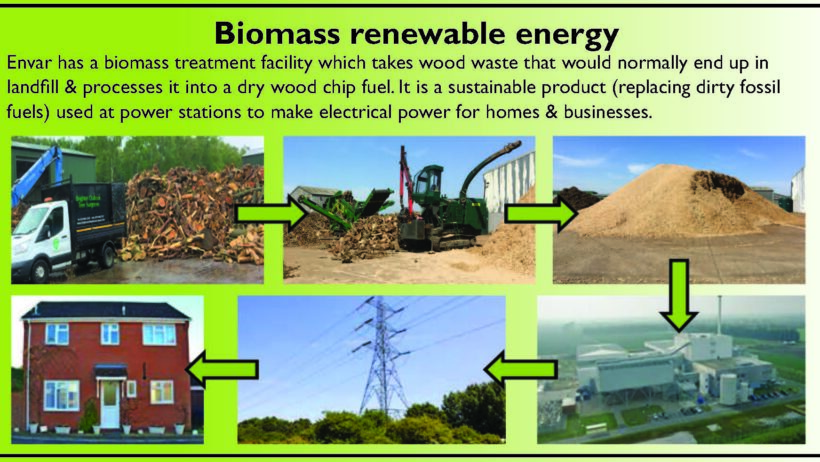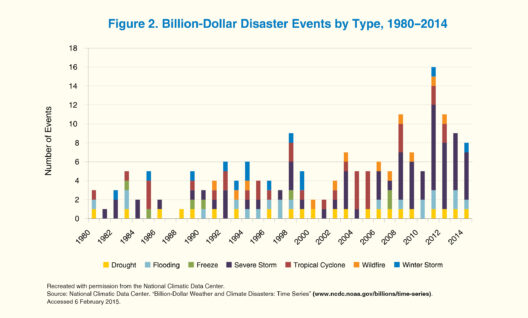Biomass stands as a veritable sentry in the battle against climate change, representing a unique and age-old resource that embodies the essence of nature’s wisdom. As a renewable energy source, it transforms organic material into usable energy, akin to alchemy—a process that harnesses the intrinsic potential of decomposed life. From agricultural waste to dedicated energy crops, biomass presents an intriguing dichotomy of usage; it is both a consumer of carbon when growing and a source of emissions when utilized. Despite this, its cradle-to-grave lifecycle allows for significant carbon offsetting, making it a compelling protagonist in the narrative of energy conservation.
With energy demands soaring and fossil fuel reserves dwindling, converting biomass into energy has gained traction as a sustainable alternative. This metamorphosis relies heavily on the decay of organic materials, which release stored solar energy when converted through combustion or biochemical processes. Remarkably, materials such as wood, livestock waste, and even food scraps can be repurposed. Imagine a field, once vibrant with life, now rendered to mere remnants; yet, through biomass, these remnants can blossom anew as energy. Such processes reveal how intertwined our existence is with the ecosystem—each waste material becomes a seed for future energy.
Let’s explore the spectrum of biomass conversion methods—each offering unique advantages. The combustion of biomass is one of the oldest energy sources exploited by mankind. Biomass boilers burn organic matter, generating heat and steam that drives turbines for electricity production. This method is strikingly straightforward, echoing the days when humankind relied wholly on the planet’s gifts. However, simplicity does not overshadow complexity; the combustion process releases energy alongside carbon dioxide. Thus arises the pivotal question— is it a net positive for the environment? The answer lies in the renewable nature of biomass; when sustainably managed, energy production fosters a closed-loop system.
Beyond traditional combustion, the lexicon of biomass also encompasses gasification and anaerobic digestion. Gasification converts organic material into syngas— a mixture of hydrogen and carbon monoxide. This transformation is akin to distillation: the raw essence of biomass is transformed into a gaseous form that can be utilized for heating, electricity generation, or even transportation fuel. Anaerobic digestion, on the other hand, operates in an oxygen-free environment where microbes break down organic matter. The output of this microbial feast is biogas, predominantly methane, which serves as a powerful fuel. Questions about sustainability and net carbon emissions again arise, but the prowess of biomass conversion continues to resonate. With proper management, these methods can drive us towards a more carbon-neutral future.
Biodiversity plays an ancillary role in this ecological narrative. Energy crops cultivated specifically for biomass—such as switchgrass or miscanthus—can be grown on marginal lands, thus avoiding competition with food crops. These perennial plants not only sequester carbon but also bolster soil health and enhance biodiversity. The soil becomes a canvas, revitalized through the cultivation of energy crops. This cycling of nutrients, enriched by biomass cultivation, further contributes to the conservation narrative. Picture a symbiotic dance, where energy production and environmental stewardship sidestep one another in harmonious unison.
Ultimately, the transition to biomass energy production is contingent upon robust sustainability practices. Certification systems have emerged to scrutinize biomass sourcing and ensure ecological integrity—much like a guardian keeping watch over our resource consumption. It is crucial to delineate between “good” biomass— sourced responsibly—and “bad” biomass, which may involve deforestation or exploitative practices. By supporting sustainable biomass farming initiatives, consumers possess the profound ability to influence the energy landscape. This interconnectedness represents a call to action; every choice reverberates through the environmental fabric.
Critics often claim that biomass energy is not as clean as it appears, likening it to a wolf in sheep’s clothing. While emissions do occur, the focus shifts to the holistic assessment of the ecological footprint. When scrutinized through the lens of life-cycle analysis, biomass often emerges as a preferable alternative to fossil fuels. Whereas the very extraction and combustion of fossil fuels incurs a myriad of ecological and societal costs, sustainable biomass seeks to rectify previous environmental transgressions. It is an innovative remedy to heal an ill planet—an offering rooted in renewal.
The potential for biomass to help conserve energy is accentuated by the growing quest for circular economies. Here, waste becomes a valuable resource—a paradigm shift that reframes the narrative surrounding waste management. Whether in urban settings, where food scraps transform into energy, or rural landscapes where agricultural residues become the fodder for energy production, biomass embraces resourcefulness. It embodies the philosophy that energy can be born from lifeless remnants, highlighting a profound interconnectedness among all living things.
In conclusion, biomass serves not merely as a stopgap in our energy transition but as a keystone species in the ecological landscape of sustainability. It encourages innovative practices while fostering symbiotic relationships between humanity and nature. As civilization grapples with the urgent challenge of climate change, the promise of biomass looms large—an age-old wisdom turned modern solution. By embracing biomass as a key player in energy conservation, we can transcend a linear consumption model, paving the way for a more resilient and interconnected world. Just as nature recycles itself, so too must we learn to repurpose our waste into a source of nourishment for the energy needs of the future.








